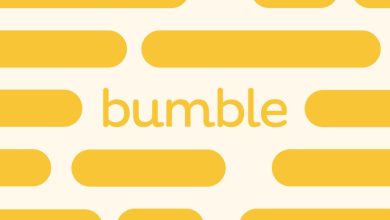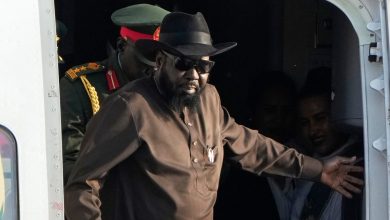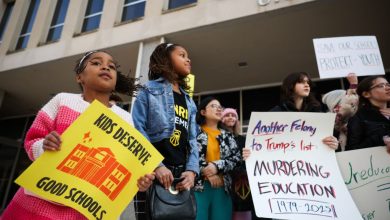In Salt Lake City, murals memorializing George Floyd, Breonna Taylor and others come tumbling down
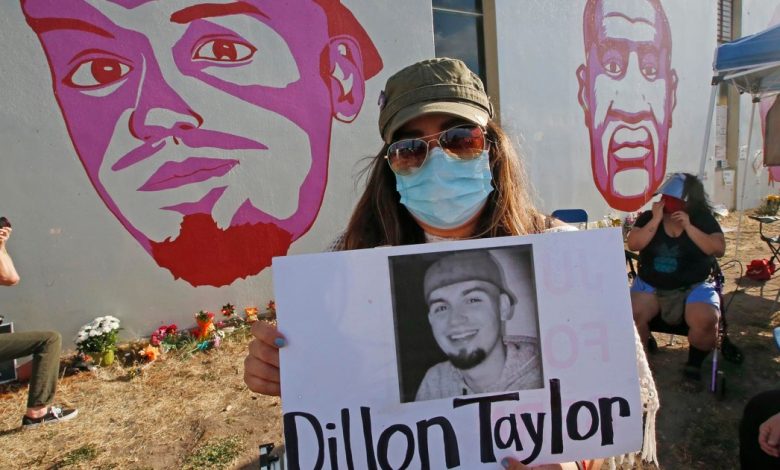
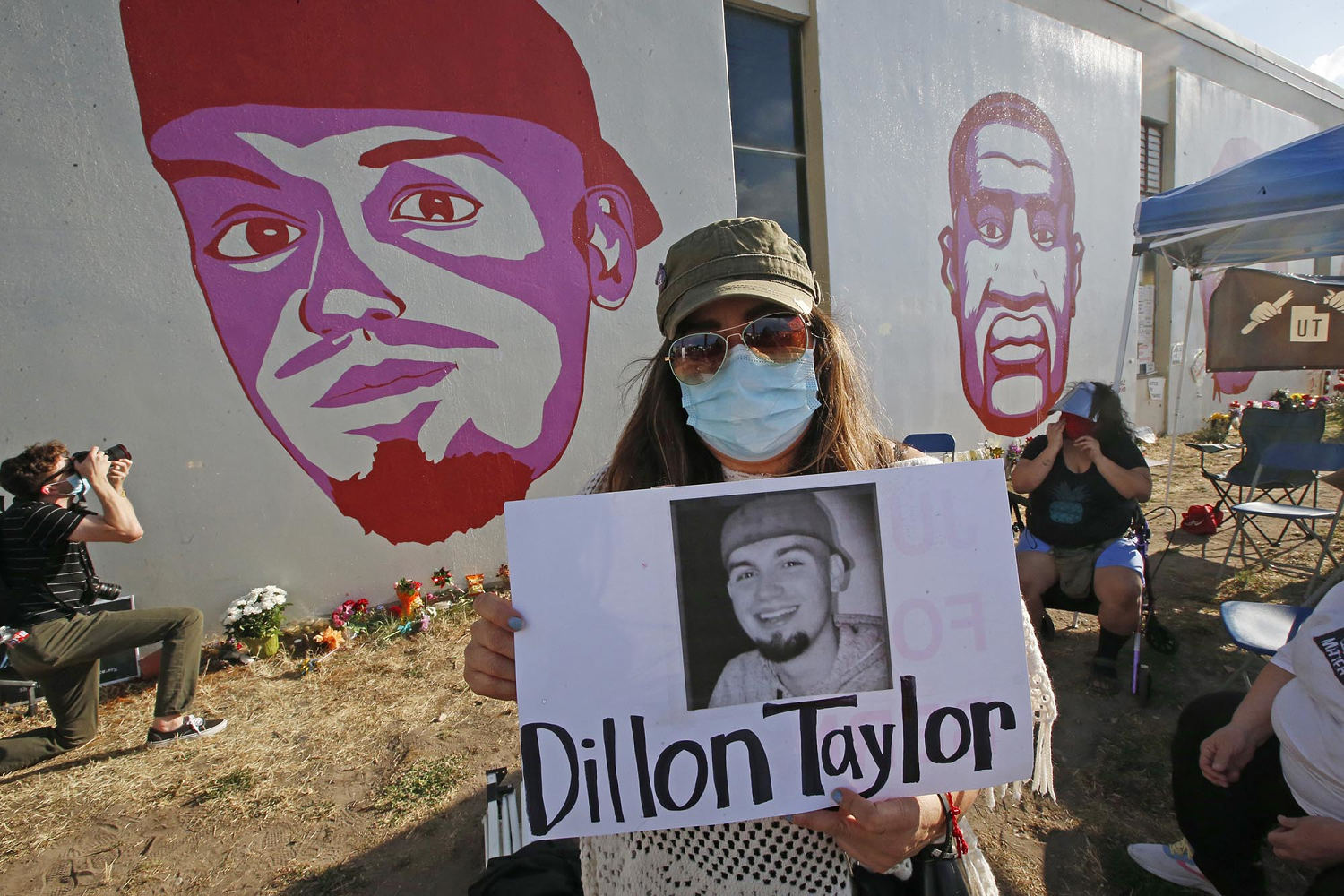
When the walls of a vacant public building in Salt Lake City became a canvas to commemorate victims of police violence, the 8.5-acre area of town known as Fleet Block gave a “sense of cultural inclusion” to the city, which is predominantly white.
“It’s for the wrong reason — death at the hands of officers — but it was a place for us to mourn and show respect for the lives lost,” said Mona Robinson, who lives in a Salt Lake City suburb.
That space for respect is gone now, she said, as Fleet Block and its 26 red and magenta murals — including likenesses of George Floyd and Breonna Taylor — were demolished over the course of several weeks to make way for housing, small businesses and open public spaces.
The demolition of the murals is not related to President Donald Trump’s executive order to roll back what he calls “divisive” documentations of American history in public parks and museums, but this action, “in some ways, shows what matters to us doesn’t matter to them — whether here or anywhere else in America,” Robinson said.
Following Floyd’s murder almost five years ago at the hands of a white Minneapolis police officer, that part of town became a rallying point for social justice demonstrations. Memorial services were held there, and soon an anonymous group of artists began painting the faces of people who were killed during interactions with police. The building was situated on city-owned land where its fleet of transportation operations once existed.
“And now it’s gone. That’s sad,” Robinson said.
The cost of preserving the murals had become too expensive, the city said, and other factors like asbestos in the decaying buildings made it potentially hazardous.
In a statement last week on Instagram, Salt Lake City Council Member Darin Mano acknowledged the importance of Fleet Block as a hallowed place for residents and “a place of mourning for families and a powerful call for police reform.”
“I understand how difficult it is to see this space change. But I am hopeful that its transformation will preserve it as a place for reflection, connection and community.”
Jovany Mercado-Bedolla, whose brother was shot and killed by police in August 2019, told The Salt Lake Tribune that he was devastated by the destruction of the wall that carried an image of his fallen sibling.
“We hoped that the mural would be the change,” Mercado said. “To see them come down, [we’re] feeling defeated. Now we’re just hoping the city stays true to their word.”
City officials had communicated plans to demolish the site to residents for years. The city owns all but one portion of the block, with one corner building that is privately owned. After plans to raise the site were announced by the city council in 2022, family members of the victims asked the city to preserve the spirit of the murals in a respectful, appropriate manner.
In the new plans, officials vow to commit three acres for public open space and feature commissioned artists’ work to honor social justice. But to the local families of those who were memorialized, what has been lost was irreplaceable.
“This was a protest wall,” Rae Duckworth, the chair of the city’s Black Lives Matter chapter said to the Tribune. Her cousin, Bobby Ray Duckworth, 26, was killed by an officer in Utah in 2019. “The space was designed out of love. Everybody in Utah should know a name and a face here and their story.”
